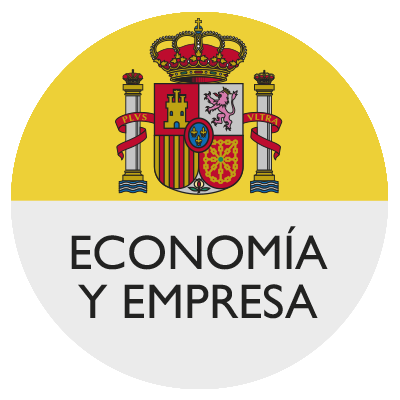Tracing the evolutionary history of the genus hellianthenum and the radiation in Macaronesia

Spanish National Plan for R+D+i (CGL2017-82465-P). PI: A. Aparicio. 2018-2020.
Summary:
Tracing the evolutionary history of species requires the
estimation of divergence times along with phylogenetic and ancestral
area reconstructions and the study of functional traits evolution. The
genus Helianthemum is integrated by three cohesive Clades whose
differentiation started in the Miocene about 7.8 Mya which nowadays are
distributed and concentrated in different areas around the Mediterranean
Basin and have different ecological preferences. One such areas of high
diversity is the Canary archipelago where the two Macaronesian lineages
of Helianthemum (i. e. sect. Eriocarpum and sect. Helianthemum) show a
significantly different level of differentiation with 3 and 14 species
respectively, probably originated by a recent (0.4 Mya) and explosive
burst of diversification within the sect. Helianthemum, and a high
degree of endemicity (15 out of 16 species). In this project we consider
two general objectives designed with different taxonomical and
geographical scales: (i) to trace the evolutionary history of
Helianthemum assessing the phylogenetic relationships, divergence times
and ancestral area reconstruction (c. 130 taxa, Old World), and, once
defined and detected the sister lineages of the Macaronesian species,
(ii) to disentangle their biogeographic history (divergence times,
colonization history, patterns of endemicity and diversification
boosters). To do so, our first objective is to complete a well-resolved
phylogenetic reconstruction based in GBS sequences
(genotyping-by-sequencing) derived from Next-generation sequencing
molecular techniques as the framework to explore biogeographic events (i.
e. extinction, vicariance, dispersal, duplication). Nested with the
previous taxonomic and geographic scale we aim to characterize the
evolutionary history of the two Macaronesian (Canary Islands and Cape
Verde) lineages by inferring, on the one hand, the number of
colonization events and their temporal and geographical origins and, on
the other, assessing diversification rates and genome size,
hypothesizing an increase of diversification rates an a reduction of
genome size of the Macaronesian endemics compared their non Macaronesian
relative sister species. We also aim to assess if the fact that most
Canarian species are critically endangered is consequence of recent
species formation (i. e. early stages of range expansion) or,
contrarily, the last stages of ancient species due to recurrent
population extinction. This last approach would further enhance this
project under a conservation biology perspective.